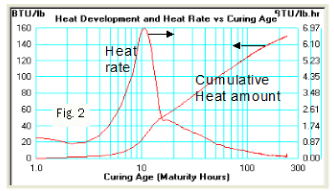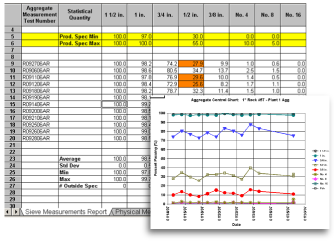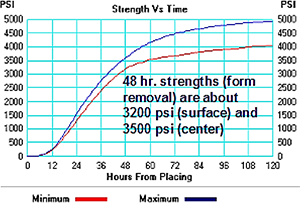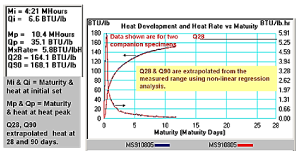QUADREL®
iTest

iTesting is an on-line tool for measuring concrete’s heat of hydration and hydration rate versus its curing age. iQDrums, our concrete calorimeters for heat hydration, use the heat signature method to simulate thermal crack and fast-track construction management. Heat signature -- in combination with simulation – creates a powerful planning tool for optimizing concrete placements. Heat signature helps reduce costs using fast-track construction, provides an argument for value engineering, creates a tool for performance selling of concrete mixes, and aids in troubleshooting.



